Cotton is used everywhere, from your warm t-shirts to your soft bedsheets, but how often do you think about where it originates from? In this friendly guide, we will uncover the top cotton producing countries across the globe. It’s easy to grasp, straightforward, and brimming with insightful information. Be it a student, a farmer, or just an inquisitive person – this article is for everyone.
Table of contents
- What Is Cotton?
- Why Is Cotton Important Globally?
- How Is Cotton Grown?
- What Make Countries Good at Producing Cotton?
- Top Cotton Producing Countries
- By continent the world producers of cotton
- Problems associated with cotton production
- Cotton Exports: Who Buys the Most?
- What Is the Future of Cotton?
- Effects of Cotton on Semi Subsistence Farmers
- Cotton Price Trends and Market
- Cotton Farming Jobs Worldwide
- Cotton Technology Innovations
- Cotton Farming for Beginners
- Cotton in Your Everyday Life
- Conclusion
- FAQs
What Is Cotton?
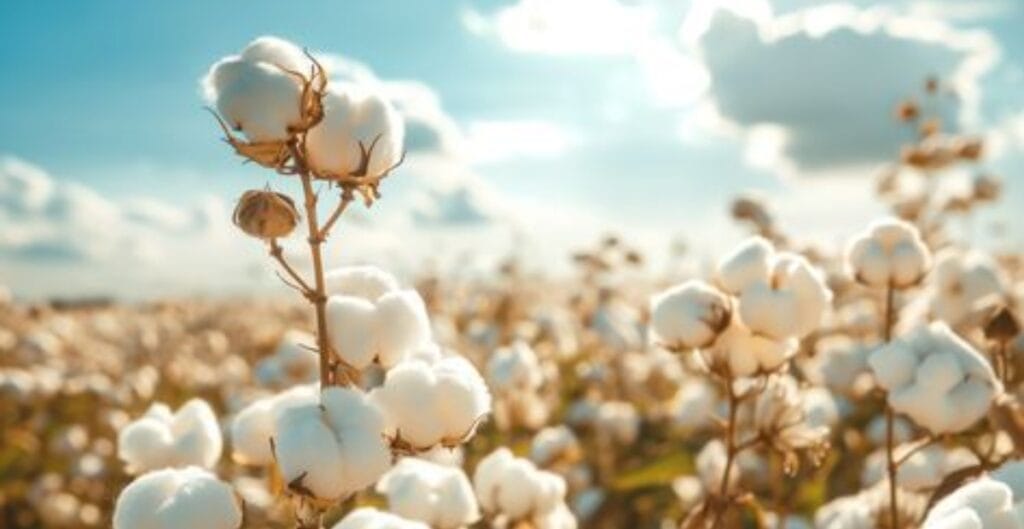
Cotton, a plant that yields a soft, fluffy fiber, has been used since ancient times. We weave its threads into clothes – dusters, towels, and so much more. It’s gentle on the skin, breathable and, natural.
Why Is Cotton Important Globally?
It is without a doubt that we use thousands of items that are made out of cotton each day and this makes it an imperative part of our day-to-day activities. Furthermore, cotton creates jobs for millions of people, globally. Farmers not only grow cotton, but they also spin, shape, and transform it into fashion. This truly is an example of a crop that single handedly sustains an economy.
How Is Cotton Grown?
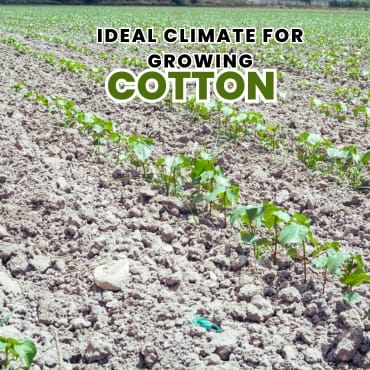
It all begins with a seed. Farmers sow these seeds in warmer regions. After a few months, the cotton bolls which are white and fluffy take shape. Farmers handpick or machine-harvest these bolls. Subsequently, the cotton undergoes cleaning processes to be transformed into thread.
What Make Countries Good at Producing Cotton?
Not every nation is competent at cultivating cotton. It requires relatively high temperatures and soft soil. Ample amounts of sunshine along with a long growing season also assist. Resources along with tools and knowledge are equally important. Theories that utilize smart farming methods are in more abundant supply in these countries.
Top Cotton Producing Countries
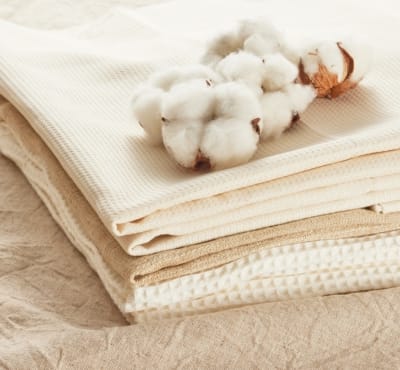
Let’s now take a look at top cotton producing countries. All of these countries produce a large supply of the world’s cotton. Each country possesses its own tale.
India: The Global Cotton Leader
Leading the pack, India comes out on top for growing the most cotton. This is largely due to their gentle weather along with readily available newly cultivated land for farmers. Farmers here use a mixture of new and traditional farming methods. Many small farms in India, run manually by families, also contribute to the industry.
The support provided to the small farms by India is stunning and one of the countries main exports. Metropolises such as Gujarat and Maharashtra act as leaders in output for cotton.
China: A Cotton Giant with Technology
Barring the regions of Xinjiang, China does not lag behind India. The country dominates cotton production within China and incorporates advanced technology in the farming processes. Farmers in China specialize in using machinery, drones, and information systems to extract maximum yield from minimal areas.
The government actively supports agriculture, which, in turn, flourishes cotton farming in Xinjiang. Moreover, cotton cultivation is significant for China’s expansive textile industry. In fact, most clothing manufactured in China begins with domestic cotton.
United States: High-Tech Cotton Fields
Texas alone grows more cotton than many entire supplying nations. Experts estimate that the United States ranks a distant third in global cotton production. The modernized tools such as tractors with built-in GPS, cotton and data apps, aid farmers in ensuring the delivery of high-quality cotton to the markets. A booming cotton sector.
Cotton produced in the US is renowned worldwide for its standards of cleanliness and sturdiness.
Brazil: The Rising Cotton Star
Brazil is relatively new in the industry, however, under the right climate policies, it has the potential to escalate quickly. Over the course of just under 10 years, this country has transitioned from a minor player to a leading exporter.
Brazil targets the Asian market with most of its exports, and buyers there welcome them for their high quality.
Pakistan: A Cotton Culture
In Pakistan, cotton is woven through the fabric of life, as it supports numerous farmers. Additionally, the country enjoys an extended period for cotton cultivation. The two main regions for cotton production are Punjab and Sindh.
Even though Pakistan deals with water scarcity issues, the country is one of the largest producers of cotton. The crop also sustains the local textile industry which supplies apparel to international markets.
Uzbekistan: From Tradition to Modern Cotton
Uzbekistan once employed unchanging methods for cotton production, but now it is shifting. As a result, yields of cotton are increasing with the help of new agricultural machinery and farming practices. Furthermore, cotton remains essential to the country’s economy.
The government has also removed children from the workforce, rendering its cotton more palatable internationally.
Turkey: Bridging Europe and Asia with Cotton
The Turkish people combine tradition with technology in cotton production. Grown in the Aegean region of the country, Turkish cotton is of high quality, strong, and pure white, making it excellent for high-end fabrics.
Many brands based in Turkey manufacture clothing using the local cotton, and then sell these clothes all over Europe.
Australia: Clean and Green Cotton
Australian cotton is of high quality. Although the country is dry, farmers practice advanced water management. Using innovative irrigation techniques, Australia is able to grow more crops with less water, which is environmentally friendly.
People know the country as clean and sustainable because of its cotton farming.
Mexico: A dependable source of cotton
While Mexico might not yield as much as other countries, their cotton remains reliable and trustworthy. Farmers do follow specific growing guidelines. US factories frequently use the cotton because of close relations.
Egypt: The luxury cotton capital
You must be familiar with labels that read Egyptain Cotton, right? That’s of no shock. Egypt produces long-staple cotton. These fibers are great for soft and strong fabrics.
Top-name brands cherish this cotton, even though it’s expensive and hard to come by.
By continent the world producers of cotton
- Asia: Leading here is India, China and Pakistan.
- Americas The most cotton is produced from the US, Brazil and Mexico.
- Africa Egypt and some countries in West Africa adds some figures.
- Oceania Australia is one of the worlds major.
- Europe Turkey acts as a bridge of two worlds.
Problems associated with cotton production
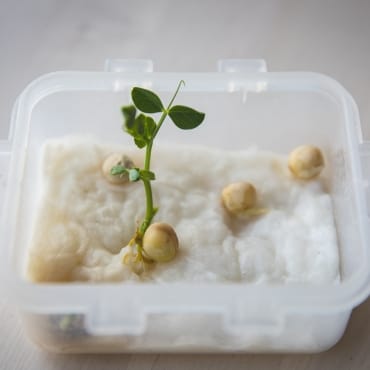
Farming for cotton is not a walk in the park. Droughts, pests, and soil issues plague the crops. There is market competition and inflation. Though, advanced technology is increasing.
Cotton and nature
Water is needed to grow cotton. Too much can impact the environment, which is why many farms use drip irrigation. Organic farming is becoming more popular. It eliminates the use of chemicals, thus helping nature.
Cotton Exports: Who Buys the Most?
The United States, Brazil, and India produce and export cotton to many countries. China, Bangladesh, and Vietnam purchase it in large quantities. These nations use it to manufacture garments for the globe.
What Is the Future of Cotton?
Farms are checked with drones nowadays, and AI technology optimizes irrigation schedules. The future highlights innovation. Newer seeds enhance growth rates and build pest resistance.
Difference Between Organic Cotton and Regular Cotton
Farmers grow organic cotton without using pesticides, making it healthier and more environmentally friendly than regular cotton. The leading exporters of organic cotton are India, Turkey, and the United States.
Cotton and the Global Fashion Industry
Fashion houses such as Levi’s, Nike, and Zara depend on cotton because it is a key ingredient in the production of most of their garments. They prefer to buy it from contractors who grow it in a sustainable fashion, providing a constant uncontaminated source
Interesting Cotton Tidbits
- It takes 2,700 liters to make one t-shirt.
- Cotton was believed to be created in Peru around 7000 years ago.
- Cotton plants are known to bear flowers of either yellow, red or pink color.
Effects of Cotton on Semi Subsistence Farmers
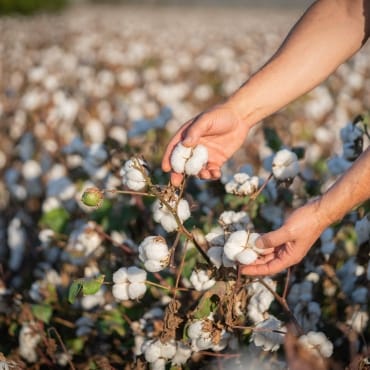
Over 100 million families are employed by cotton. In countries like India and Africa, cotton can support entire communities. It funds education and provides meals for families, especially children.
Cotton Price Trends and Market
Shifts in demand, trade agreements, and weather changes influence the fluctuating prices of cotton. In years marked by droughts, prices tend to increase. Prices increase as well when China boosts their purchases as well.
Cotton Farming Jobs Worldwide
Employment related to cotton spans from farm laborers to factory workers. In some countries this is the only source of employment.
Cotton Technology Innovations
Farmers currently make use of:
- Drones for monitoring the health of crops
- AI systems for dealing with pests
- Hydro Apps for managing irrigation
- Cotton Harvesting Robots
Cotton Farming for Beginners
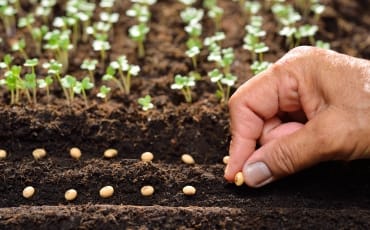
Yes, with enough land and sunlight, one could cultivate in the cotton-friendly warm areas regions. While challenging, it’s not impossible with appropriate resources such as quality seeds.
Cotton in Your Everyday Life
Every day items such as:
- Clothing
- Towels
- Broadcloth
- Diapers
- Money, currency notes like U.S. dollars contain cotton!
Conclusion
Cotton serves the purpose of linking the globe. From Indian farms to U.S. factories, it touches lives. The top cotton producing countries fulfill the needs of our economy and wardrobe. Smarter and greener farms will emerge as the primary cultivators for this increasing demand.
FAQs
India leads in cotton production globally.
Yes, it’s known for being softer and stronger.
Cotton needs heat, sunlight, and a long season.
Yes, it’s safer for people and nature.

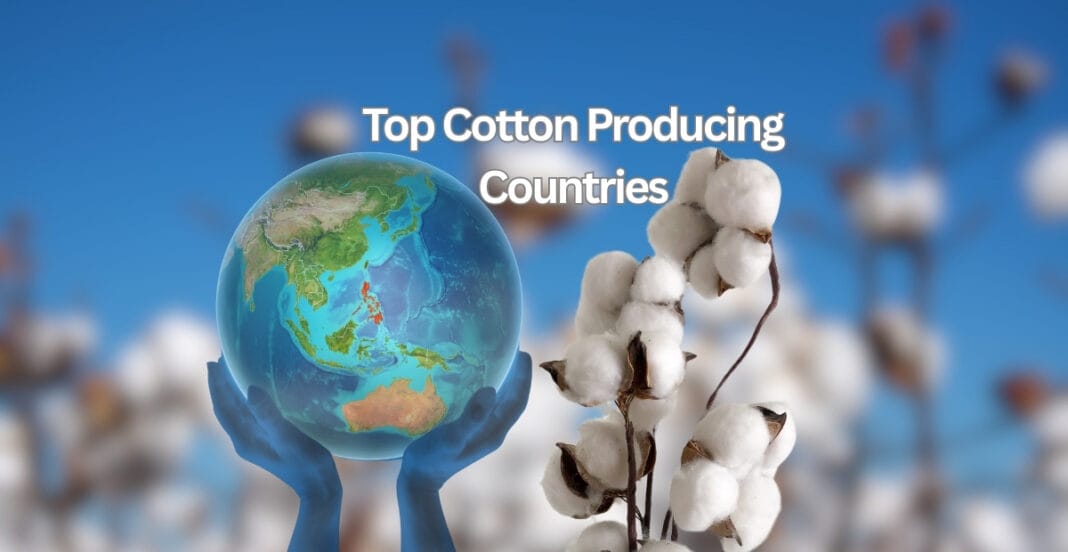

It’s eye-opening to see how much of the world’s cotton comes from just a handful of countries. This definitely helps me better understand some of the supply chain challenges we face in the apparel industry.